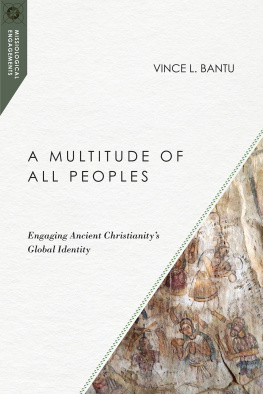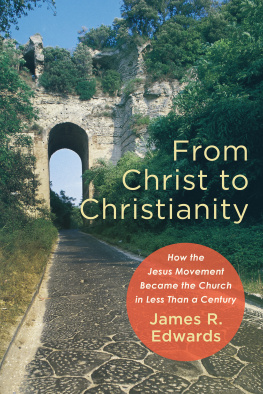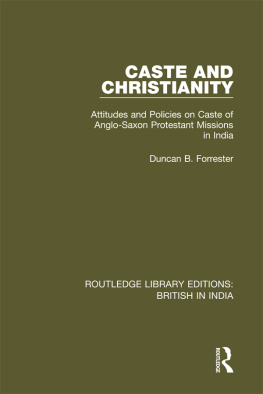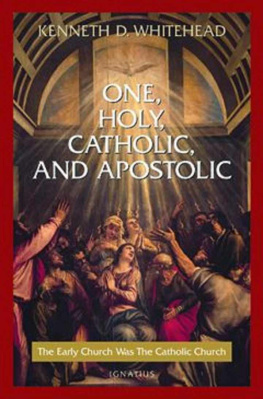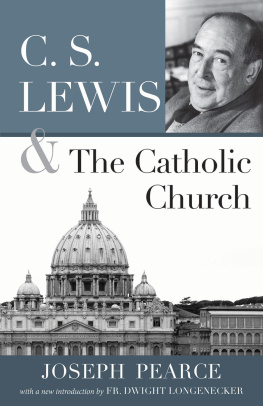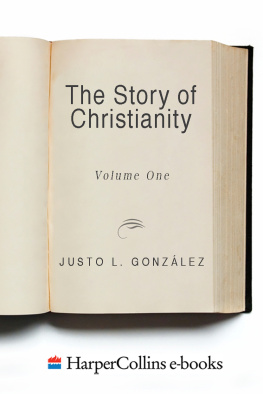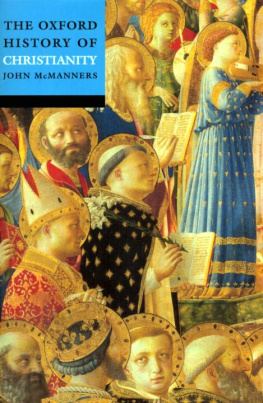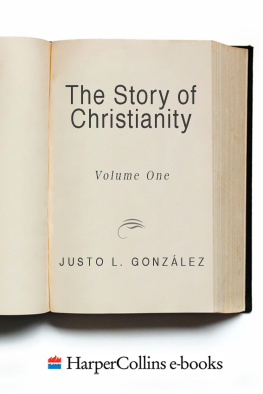Siddhartha Sarma - Carpenters and Kings: Western Christianity and the Idea of India
Here you can read online Siddhartha Sarma - Carpenters and Kings: Western Christianity and the Idea of India full text of the book (entire story) in english for free. Download pdf and epub, get meaning, cover and reviews about this ebook. year: 2019, publisher: Penguin Random House India Private Limited, genre: Religion. Description of the work, (preface) as well as reviews are available. Best literature library LitArk.com created for fans of good reading and offers a wide selection of genres:
Romance novel
Science fiction
Adventure
Detective
Science
History
Home and family
Prose
Art
Politics
Computer
Non-fiction
Religion
Business
Children
Humor
Choose a favorite category and find really read worthwhile books. Enjoy immersion in the world of imagination, feel the emotions of the characters or learn something new for yourself, make an fascinating discovery.
- Book:Carpenters and Kings: Western Christianity and the Idea of India
- Author:
- Publisher:Penguin Random House India Private Limited
- Genre:
- Year:2019
- Rating:4 / 5
- Favourites:Add to favourites
- Your mark:
Carpenters and Kings: Western Christianity and the Idea of India: summary, description and annotation
We offer to read an annotation, description, summary or preface (depends on what the author of the book "Carpenters and Kings: Western Christianity and the Idea of India" wrote himself). If you haven't found the necessary information about the book — write in the comments, we will try to find it.
Jordanus Catalani, the first bishop of the Church of Rome in India, introduced the northern part of the subcontinent to his readers in 14th century Europe in this manner. Two hundred years before the coming of Vasco da Gama, Western Christianity-which comprises the Catholic Church, the Anglican Communion and Protestant denominations today-had already arrived in India, finding among its diverse people and faiths the Church of the East already at home since the beginning of Christianity. This is an account of how global events, including the Crusades and the Mongol conquests, came together to bring Western Christianity to India.
A gripping narrative of two diagonally opposite impulses in Christianity: of humble scholars trying to live the Christian ideal, and of ambitious ecclesiastical empire-builders with more earthly goals.
Carpenters and Kings is a tale of Christianity, and equally, a glimpse of the India which has always existed: a multicultural land where every faith has found a home through the centuries.
Siddhartha Sarma: author's other books
Who wrote Carpenters and Kings: Western Christianity and the Idea of India? Find out the surname, the name of the author of the book and a list of all author's works by series.




